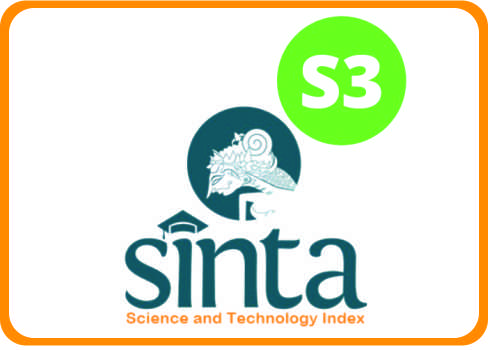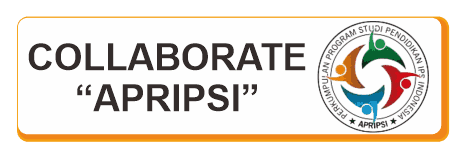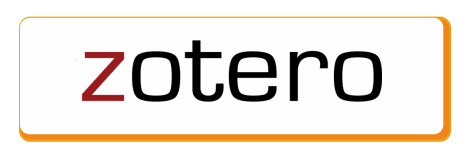Komparasi Tingkat Hasil Belajar Berdasarkan Gaya Belajar Visual, Auditorial, dan Kinestetik
 Abstract views: 481
,
Abstract views: 481
,
 PDF downloads: 412
PDF downloads: 412
Abstract
The purpose of the study was to determine whether there was a difference between learning outcomes based on VAK learning styles (visual, auditory, kinesthetic) in Integrated Social Studies subjects for seventh grade students of SMP Negeri 1 Patianrowo. Researchers used a comparative quantitative approach with a comparative causal design or ex post facto. The population in the study were all students of class VII, amounting to 295 students and the sample was 59 students taken from class VII H and I. The sample was taken using simple random sampling technique. The study used a questionnaire and documentation as data collection instruments. While the data analysis technique used kruskal wallis. The results showed that good learning outcomes based on visual learning styles were 20%, low learning outcomes were 60%, and moderate learning outcomes were 20%. Furthermore, good learning outcomes based on auditory learning styles are 68%, low learning outcomes are 3%, and moderate learning outcomes are 29%. Finally, good kinesthetic learning outcomes are 22%, low learning outcomes are 73%, and low learning outcomes are 5%. Based on these results, it can be concluded that there is a significant difference in learning outcomes based on learning styles using the VAK learning style in Integrated Social Studies subjects class VII SMP Negeri 1 Patianrowo. This can be seen from the sig value. namely 0.000 <from the significance level of 5% (0.05).
Downloads
ENTITA: Jurnal Pendidikan Ilmu Pengetahuan Sosial dan Ilmu-Ilmu Sosial operates an Open Access policy under a Creative Commons Non-Commercial 4.0 International license. Authors who publish with this journal agree to the following terms:
- The copyright of the received article once accepted for publication shall be assigned to the journal as the publisher with licensed under a

- Journal is able to enter into separate, additional contractual arrangements for the non-exclusive distribution of the journal's published version of the work (e.g., post it to an institutional repository or publish it in a book), with an acknowledgement of its initial publication in this journal.
- Journal is permitted and encouraged to post their work online (e.g., in institutional repositories or on their website) prior to and during the submission process, as it can lead to productive exchanges, as well as earlier and greater citation of published work (see The Effect of Open Access).
- Here is Copyright Transfer Form that author can download and send to OJS during submission.

















